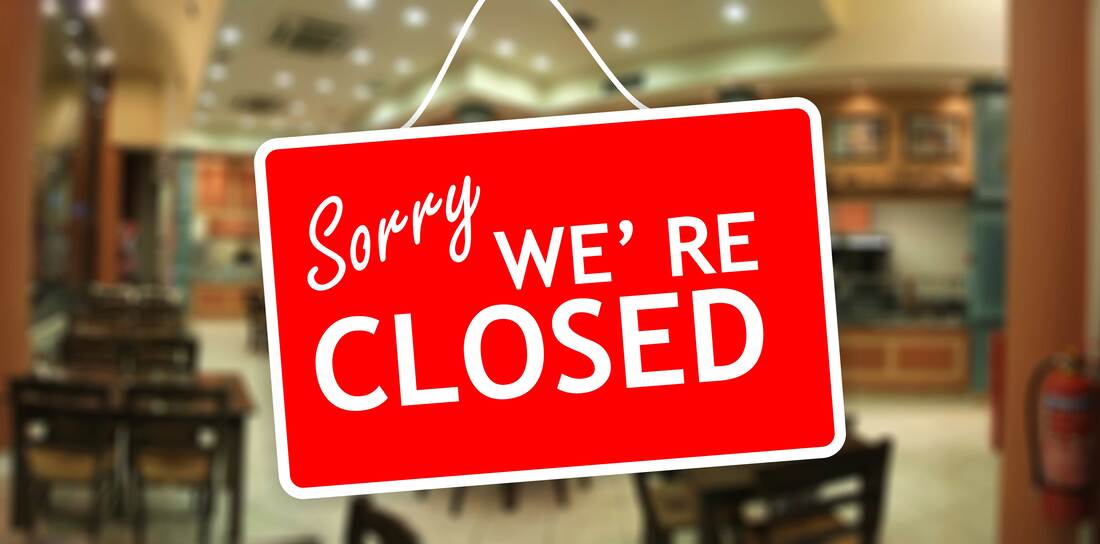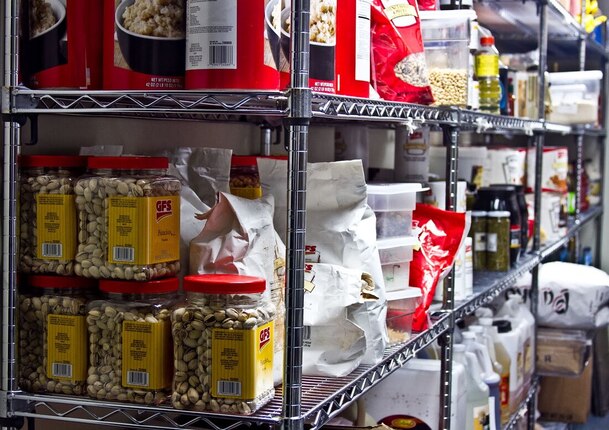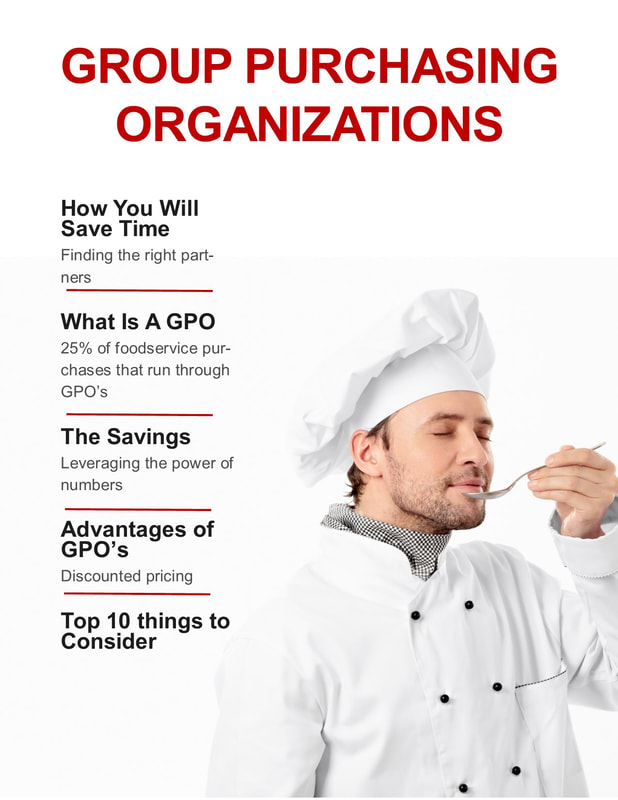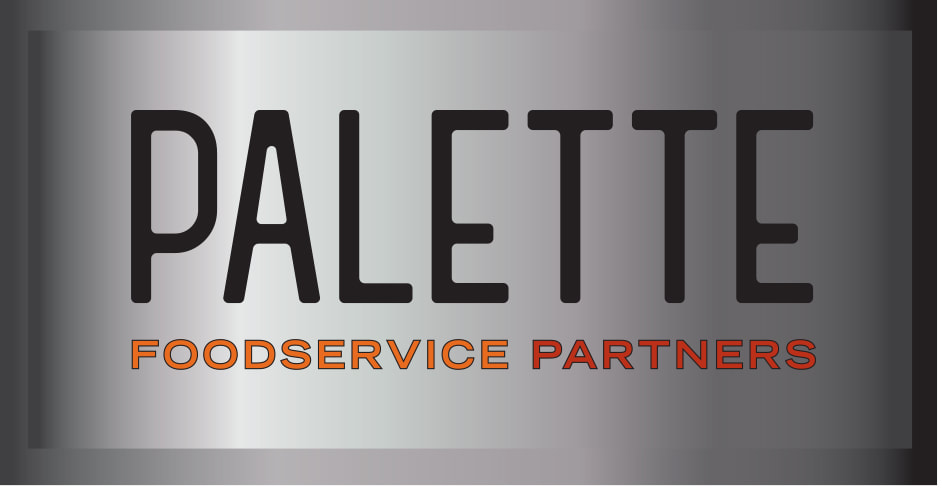 At the time of this writing, remaining hopes for the replenishment of the Restaurant Revitalization Fund (RRF) were dashed when the $48 billion bill to provide relief to small businesses hit by COVID restrictions could not get sufficient votes to overcome a filibuster. Last year, the fund had helped restaurants struggling with the strains of the pandemic to pay employees and cover debts. However, of the more than 278,000 restaurants that applied for funds, only 101,000 restaurant applicants received grants before the Small Business Administration had exhausted its funds. For the remaining restaurants, the replenishment of the fund was especially critical. According to the National Restaurant Association, 62 percent of operators who didn’t receive funding have racked up additional debts and 57 percent have fallen behind on expenses. The Independent Restaurant Council estimates that more than half of the 177,300 independent restaurants awaiting RRF grants could close without additional aid. So if relief isn’t coming in the form of grants, where can operators find it? Start with your relationships. Find other operators in your situation and discuss how you might help each other through this rough patch by pooling staff or supplies, sharing expertise or even partnering in a different venture like a virtual kitchen. Lean on your strong relationships with landlords and suppliers and look for any leeway they might give you on existing contracts. Finally, talk to your guests. They don’t want to see a favorite community business go away, so this is a prime time for them to demonstrate their loyalty. They might be able to help you brainstorm ideas to generate much-needed income and community support in the near term. So many of our payments have become contactless in the past year – and businesses have felt the need to offer card-not-present payment options in an effort to maintain safety, enable off-premise food purchases and promote customer convenience. But as card-not-present transactions have climbed alongside food delivery orders in the past year, so have the opportunities for fraud. Research from Aite Group forecasts a 16.4 percent increase in card-not-present fraud this year. This fraud can hit restaurants with chargebacks that are difficult to dispute, but fortunately there are steps restaurants can take to help detect and prevent fraud. Overall, it’s about identifying patterns about your customers – who they are, how they are ordering, are and how they are finding you. Machine learning tools can help you identify what good customers look like – then flag those that look risky. For example, an order placed from a city other than the one listed as the delivery destination might raise a red flag for a restaurant business. ATM Marketplace advises having a fraud-protection provider that helps screen every transaction – and it’s important for the restaurant to partner with them to ensure the system is adaptable to the business. In a recent webinar entitled “How to Protect your Restaurant from Online Scammers,” Brittany Allen, Trust & Safety Architect at Sift, advised restaurants to use fraud detection systems that provide an activity log that lets them view a customer’s session history, and which use a single dashboard that eliminates the need to jump from tool to tool. Beyond that, Allen said a restaurant operator should know how different fraud alerts rank for their business – and what kinds of fraud similar businesses are facing. Finally, a system should allow you to take action somehow, whether to flag a suspicious transaction for further review or to stop a transaction from occurring.
If you thought last year was a rollercoaster, this year might be another – with a few more ups and downs instead of a long, gradual drop. As we emerge from the pandemic, the great news is that consumers are excited to support restaurants in a big way: A recent survey of 5,000 consumers by the marketing company Constant Contact found that 44 percent of respondents said restaurants were among the first businesses they plan to return to. Some restaurants, particularly those that have incorporated technology into the day-to-day management of their business, have already experienced record-breaking customer demand (and therefore sales) this year. Of course, we’re not completely in the clear just yet, and a premature return to indoor gatherings could lead to a fourth wave of the virus. How can restaurants manage being in the position of having to rapidly ramp up inventory and staff like never before, navigate potential supply chain shortages, and then have to scale business back down in the event of an uptick in infections? First, be nimble: As you adopt new technology and systems for your business, prioritize those that allow you to make decisions minute to minute. Can your system help you adjust your menu, ordering and staff scheduling if a key ingredient suddenly climbs in price or becomes scarce, if your state reports a spike in infections, or if the weekend forecast is likely to bring crowds to your restaurant? Then keep your back-up plans handy: That means knowing what ingredients can be substituted for others in a pinch, creating multiple points of interest on your menu so people have many reasons to order from you, and knowing which companies can provide temporary workers on short notice for certain roles if you’re faced with sudden spikes in business.
The pandemic has forced even well-established restaurant operators across the industry to think and act like scrappy, new entrepreneurs: flexing to new challenges, doing as much as possible with few resources, keeping overhead low, being willing to reinvent when the circumstances call for it, and even flexing work around other commitments at home. As a result, we’ve seen a rise in ghost kitchens, as well as more home-grown, chef-driven meal-delivery concepts springing up on Instagram. Much like how many employees who have spent the past year telecommuting from home are now resistant to working from an office building full-time, the restaurant industry may emerge differently from the pandemic too. Dining rooms may take time to fill and it may be even more difficult to keep people on staff than it was before. Can you find ways to take the best lessons learned in the past year and apply them in the new environment? At your foundation, minimize the resources you need, including ingredients, real estate and staff. Harness technology to monitor waste in areas as diverse as your inventory, ordering, energy use and labor. Take another look at your pre-pandemic service model and assess whether that is realistic now. Embrace multiple revenue streams and look for new ones that could help you adapt more easily to challenges going forward. Finally, think about how you can continue to act at a grassroots level to keep customers engaged with your menu and brand – from creating rotating dinner subscriptions that you promote on social media to offering meal bundles for delivery to different neighborhoods.
COVID-19 is not done with us yet, as recent virus spikes and tightening local restrictions around the country have demonstrated. While everyone wants to avoid a repeat of this past spring’s restrictions, if you were suddenly faced another four- to six-week lockdown this winter, could you power through? What would your top concern be? The restaurant industry management platform Restaurant365 asked this question recently in a large survey of operators that included independent restaurants, restaurant groups, fine-dining and quick-service establishments, and full-service franchisees and franchise brands. The top concern – for nearly 26 percent of respondents – was generating enough revenue to break even. So what can you do now to fortify your operation and make sure the items you are offering are generating the largest-possible profits for you? Are there profits lurking on your menu that you could promote a bit better? Now is the time to identify which items give back to your restaurant. Sure, you might be able to tell right away that your bar menu and desserts are money-makers. Can you reinvent those items for take-away? There are likely other items that may not seem profitable on the surface but save you money because they minimize preparation time and ingredients. The app Eat says high-profit menu items that are often overlooked include, among others, low-prep dishes, nose-to-tail items, foods that minimize waste, and foods perceived as value items.
Fall is the season of preparation. What can you do now to keep business steady through the winter? In Chicago, no stranger to frigid winters, IDEO, BMO Harris Bank and the Illinois Restaurant Association partnered to launch the Winter Dining Challenge, which invites Chicagoans to suggest creative ways that the city’s restaurants can transform their on-premise dining areas to comfortably serve guests through the winter. (The selected ideas will be announced in late September and each winner receives $5,000 and the opportunity to develop their idea at a restaurant or bar.) If your menu and service model are a fit for takeout, double down on your efforts to offer seamless curbside pickup and, ideally, in-house delivery this winter. That includes ensuring your menu travels well, is profitable, is easy for customers to order via your website or app, can be prepared quickly and efficiently in your kitchen, and is packaged in a way that protects both the safety and quality of the food. Or…you might step back altogether. Some operators are considering closing their doors during the winter months. This option may suit operators that are not only financially able to hibernate for a few months but are also used to doing a robust business for holiday parties and groups that won’t be gathering in large numbers this winter. While the loss may be too large for some operators to manage, taking a break may provide a rare opportunity to renovate dining rooms for a new way of operating, make overdue repairs and upgrades, and revamp menus, technology, staffing plans and promotions for a grand reopening in the spring.
This year has demonstrated the power of managing your inventory like a pro. As operators have had to shift to offering takeout only, inventing new business models, partially opening their dining rooms, and responding to evolving consumer habits all within the space of days or weeks, they have had to ensure their inventory can keep pace. The next several months could bring even more ups and downs for restaurant businesses, so what is the best way to ensure you’ve got enough (but not too much) of the right ingredients at the right time, when you your traffic may be difficult to predict? Befriend your freezer and stock it with batches of foods ranging from soups to sauces to vegetables in an effort to extend your inventory and minimize waste. Prepare some extra portions of frozen meals that can be promoted and sold individually to guests – or offer a promotion to dine-in guests who may want to purchase extra portions of their favorite fresh dishes. Consider brining vegetables as shelf-stable (and on-trend) side dishes – and preserve fall fruits in dried form or in sauces or chutneys. If you have operated as a grocerant in recent months, keep it going. Do a detailed assessment of each item on your menu to confirm its actual cost to make sure you’re minimizing waste and maximizing profit.
Just like an investor diversifying a portfolio to protect against risk, restaurant operators would be wise to identify inventive new revenue streams right now – particularly those that have potential to generate sales and loyalty if business from more traditional channels lags in the months ahead. In addition to the obvious benefit of sustaining business, new revenue streams are also an opportunity to reinforce your brand values and, in turn, build loyalty. Chipotle, for one, recently announced it is launching a Chipotle Goods line, which includes not just the usual branded t-shirts but also leggings, baby clothes, jackets, cell phone cases, water bottles, socks, tote bags and even luggage, Nation’s Restaurant News reports. As part of this effort, Chipotle is upcycling 300 million avocado pits it uses each year to create a plant-based dye that is used in some of the products – then donating proceeds to organizations that make fashion or farming more sustainable. When you consider your restaurant’s values, what are you hoping your guests take away from their experience with you? If you take a step back, can you identify how your most loyal guests might be interested in supporting new branches of your business – simply because they make it possible to experience the best of your brand?
Longtime restaurant workers learn a wide range of hard and soft skills that can apply widely within the foodservice industry and outside of it – from team leadership to supply chain oversight to customer care. A new AI-based service called Talent Exchange is helping workers impacted by COVID-19 to quickly find jobs that align with their skillset. Backed by McKinsey & Company, the company counts Starbucks, Mondelez International and Pizza Hut among its participating companies. It may be worth considering if you’re an operator helping a longtime team member find a temporary job or if you’re scaling your staff back up. Restaurant Business reports that companies can upload a list of information about their furloughed or laid-off employees, then AI can suggest candidates to hiring businesses based on how well they are likely to match a role. Managers can also keep track of where furloughed employees landed so they can reconnect with them down the line.
Your business likely looks a lot different than it did at the start of the year. Does your insurance? Your coverage may need to adjust to the current environment – and you may be able to negotiate more beneficial terms and payment options. QSR Magazine suggests contacting your advisor to discuss the possibility of a pay-as-you-go option and to ensure your worker’s compensation coverage has kept pace with changes to the number of people you have on staff. Finally, if you’re approaching renewal time, look for a business owners policy that bundles your liability and property insurance at a cost savings.
|
Subscribe to our newsletterArchives
June 2024
Categories
All
|













 RSS Feed
RSS Feed